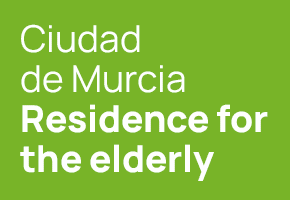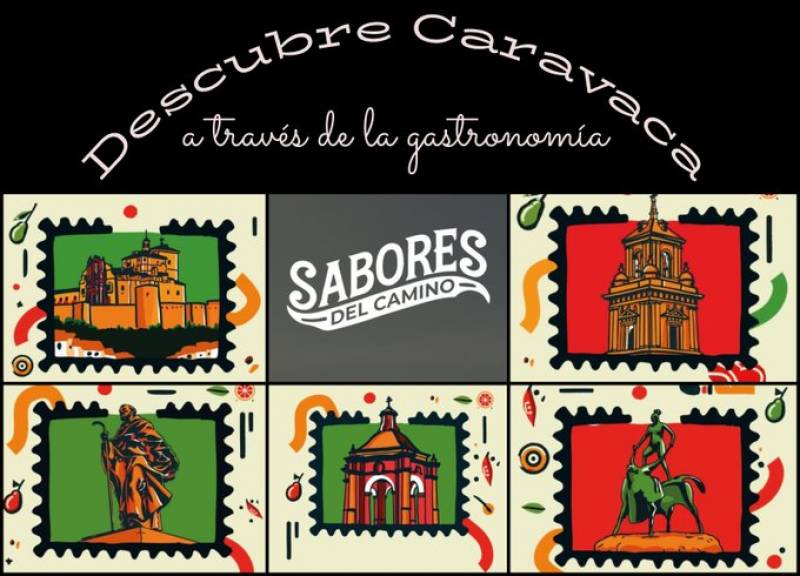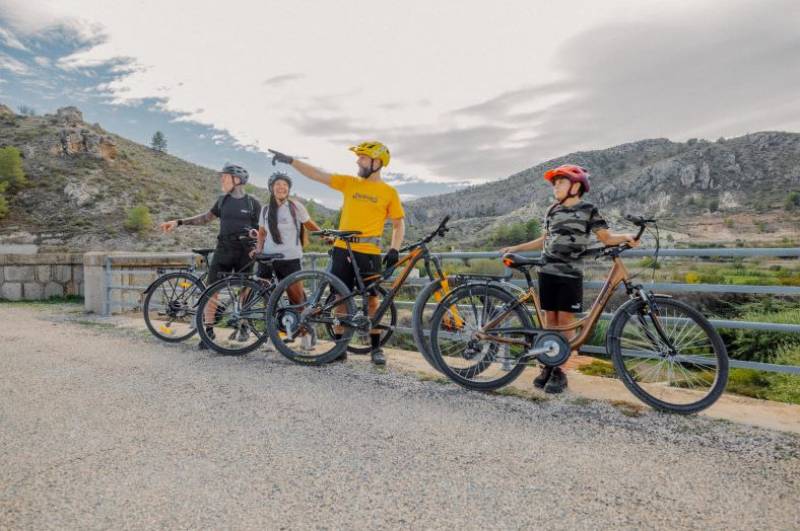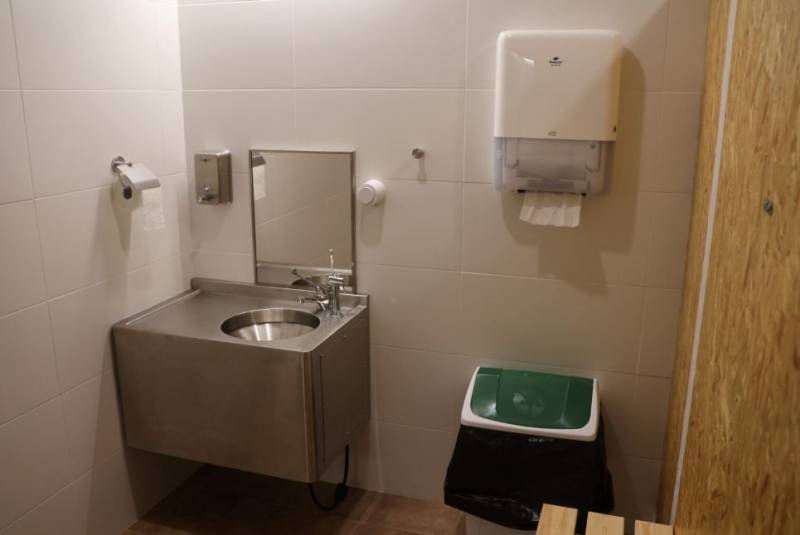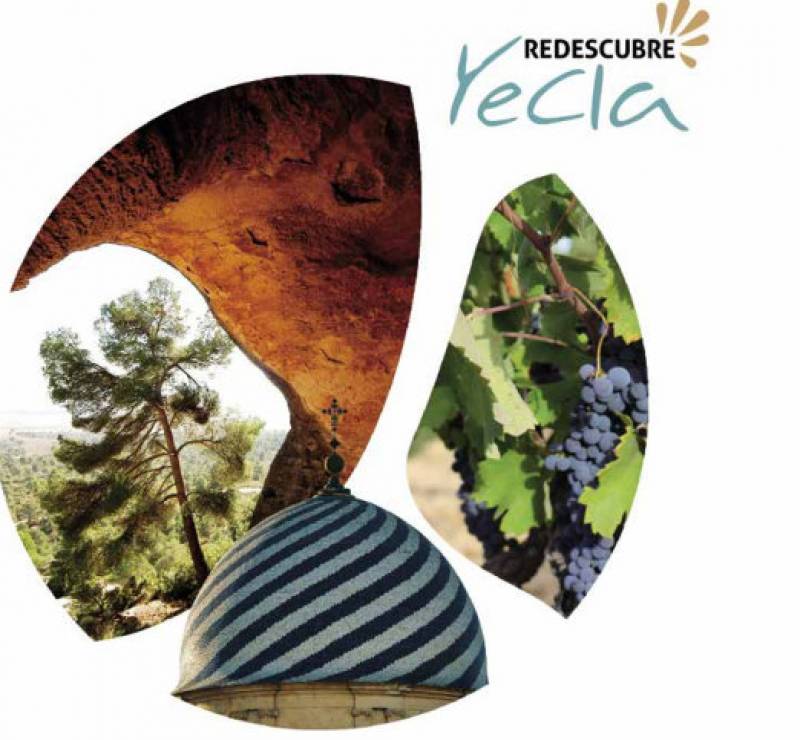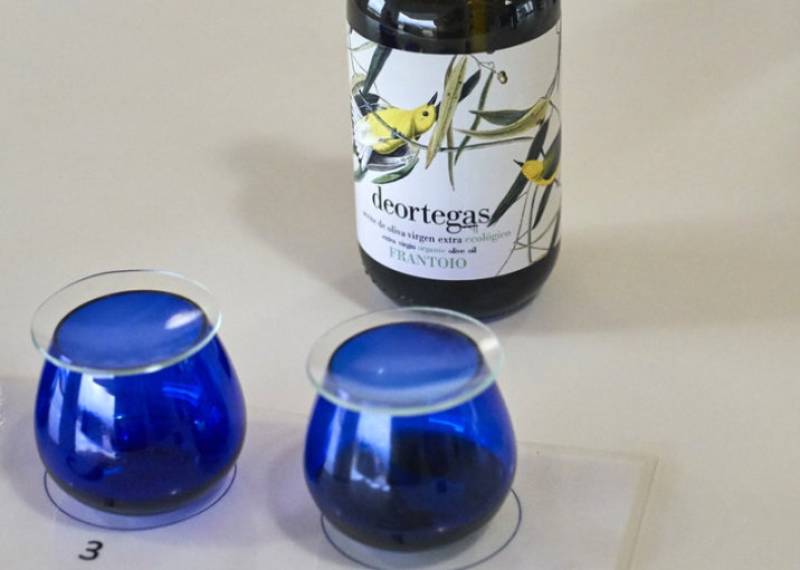
To be listed on the CAMPOSOL TODAY MAP please call +34 968 018 268.

Guidelines for submitting articles to La Manga Club Today
Hello, and thank you for choosing La Manga ClubToday.com to publicise your organisation’s info or event.
La Manga Club Today is a website set up by Murcia Today specifically for residents of the urbanisation in Southwest Murcia, providing news and information on what’s happening in the local area, which is the largest English-speaking expat area in the Region of Murcia.
When submitting text to be included on La Manga Club Today, please abide by the following guidelines so we can upload your article as swiftly as possible:
Send an email to editor@lamangaclubtoday.com or contact@murciatoday.com
Attach the information in a Word Document or Google Doc
Include all relevant points, including:
Who is the organisation running the event?
Where is it happening?
When?
How much does it cost?
Is it necessary to book beforehand, or can people just show up on the day?
…but try not to exceed 300 words
Also attach a photo to illustrate your article, no more than 100kb

Caravaca plants 1,000 trees to restore historic Roman sites
Native shrubs have completely transformed the landscape in the Las Tosquillas and Cerro de las Fuentes areas of Caravaca
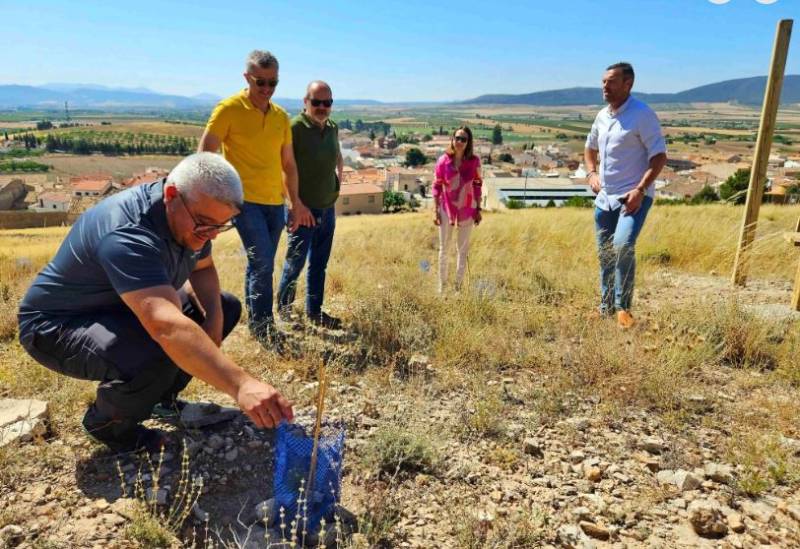
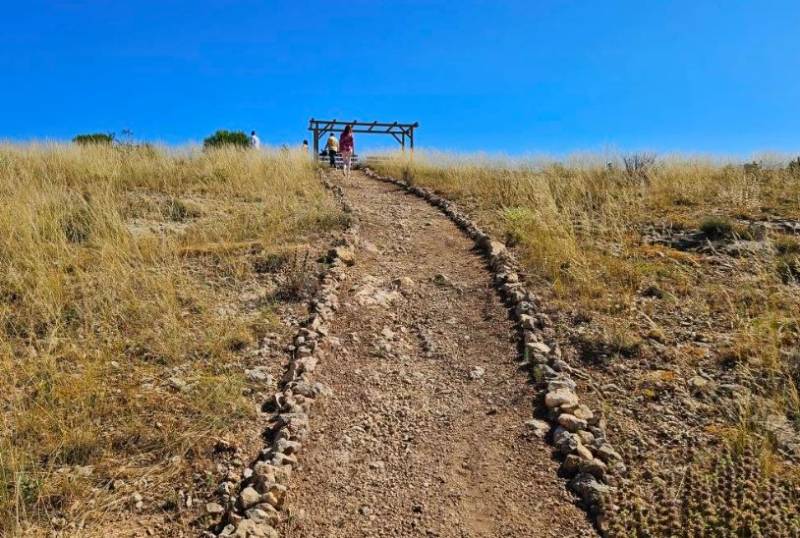 While drought is the main culprit, there is growing concern that tree-boring beetles may soon take advantage of the weakened landscape. This reforestation effort aims to offer a practical response to these environmental challenges while simultaneously protecting important cultural sites.
While drought is the main culprit, there is growing concern that tree-boring beetles may soon take advantage of the weakened landscape. This reforestation effort aims to offer a practical response to these environmental challenges while simultaneously protecting important cultural sites.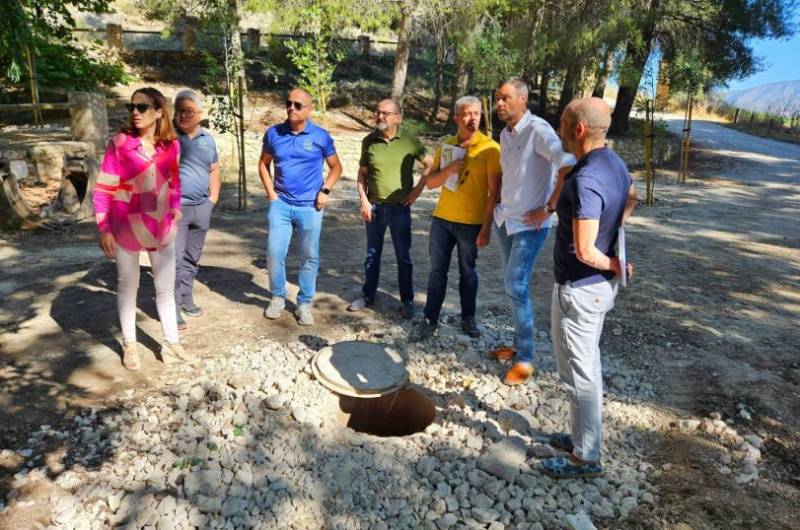 Las Tosquillas received close to €60,000 in funding, while Cerro de las Fuentes received more than €33,000. These amounts come from the ‘Camino a Caravaca’ Tourism Sustainability Plan, which operates with €5 million from European Next Generation funds through Spain's National Recovery, Transformation and Resilience Plan.
Las Tosquillas received close to €60,000 in funding, while Cerro de las Fuentes received more than €33,000. These amounts come from the ‘Camino a Caravaca’ Tourism Sustainability Plan, which operates with €5 million from European Next Generation funds through Spain's National Recovery, Transformation and Resilience Plan.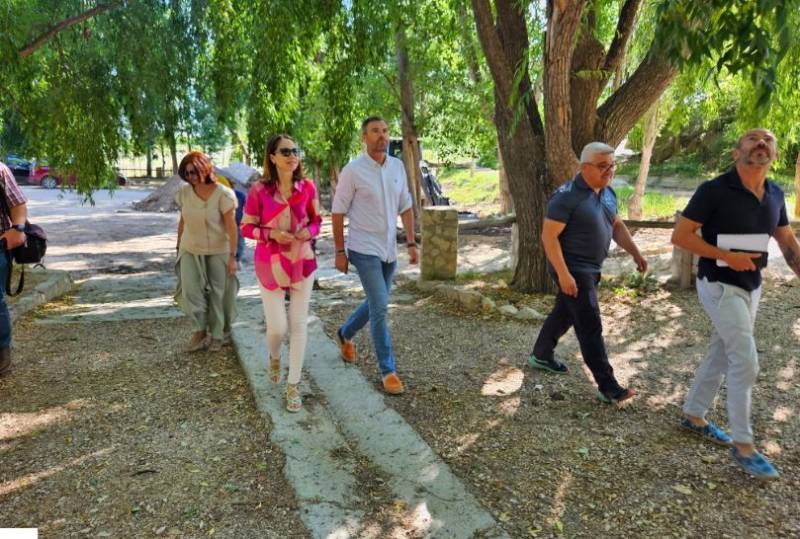 Over at Cerro de las Fuentes in Archivel, workers reconditioned slopes to facilitate reforestation and planted more than 500 native trees and shrubs, each with individual irrigation systems and protective barriers. Like Las Tosquillas, this site now includes a wooden storage container in the parking area and will soon feature benches and a wooden pergola in a designated rest area.
Over at Cerro de las Fuentes in Archivel, workers reconditioned slopes to facilitate reforestation and planted more than 500 native trees and shrubs, each with individual irrigation systems and protective barriers. Like Las Tosquillas, this site now includes a wooden storage container in the parking area and will soon feature benches and a wooden pergola in a designated rest area.For more local news, events and visiting information go to the home page of Caravaca Today
Images: Ayuntamiento de Caravaca de la Cruz
See more environmental news about Spain:
OR
Sign up for the Spanish News Today Editors Roundup Weekly Bulletin to get a comprehensive email with all the week’s news for Spain, Murcia, Alicante and Andalucía.
Get a sneak peek – here are a few of our recent Subscription Bulletins:
Discount Special Offer subscription:
36.95€ for 48 Editor’s Weekly News Roundup bulletins!
Please CLICK THE BUTTON to subscribe.








